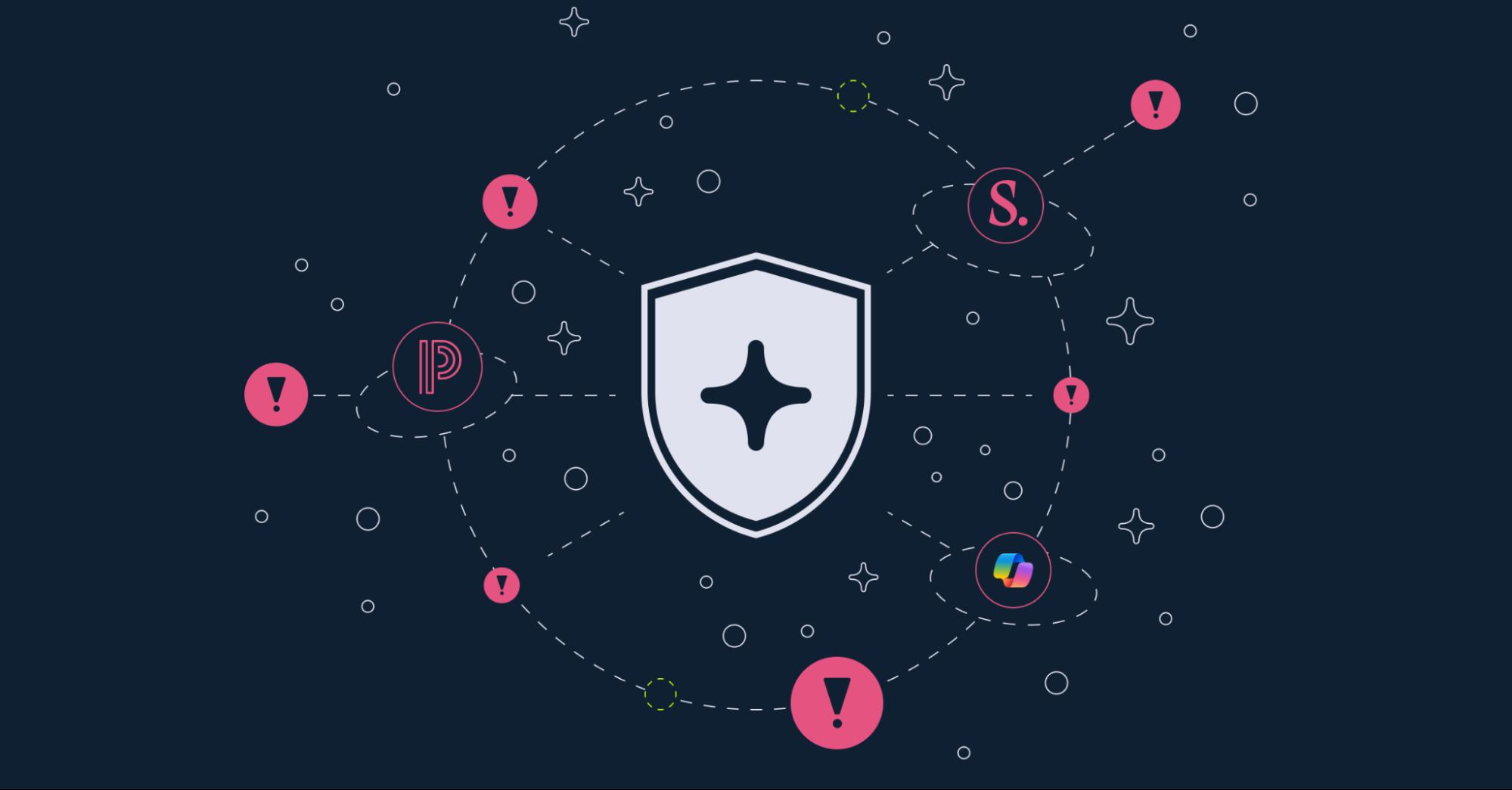Navigating the Risks of Generative AI in SaaS Platforms



Midsize organizations average 44 generative AI integrations where core systems like Slack, GitHub, and Google Workspace take center stage. In this environment, the visibility of third-party app connections has never been more critical. As the Chief Product Officer at Reco, I've observed firsthand the transformative impact of generative AI (GenAI) in the SaaS landscape. However, with great innovation come new challenges, particularly in the realm of security.

Understanding Generative AI in SaaS
Generative AI refers to the sophisticated algorithms capable of creating content from existing data patterns, be it text, code, or images. Its integration within SaaS platforms has skyrocketed, offering unprecedented efficiency and capabilities. However, this integration is not without its risks.
The IT Leader’s Perspective
A recent report by Snow Software highlights the concerns of IT leaders regarding GenAI. Notably, 23% of leaders indicated that GenAI applications were their primary SaaS security concern. Furthermore, 57% indicated they would feel alarmed, if a SaaS vendor used GenAI without their knowledge. This statistic underscores the need for transparency and informed consent in the use of GenAI technologies.
Four Risks Associated with Generative AI
Hackers can use the speed and automation with which GenAI works, uncovering vulnerabilities faster, evolving malware in real-time, and building better phishing emails. The most common techniques used to gain access to data in GenAI integrations include:
- Data Leaks: Platforms like GitHub Copilot, which leverage GenAI for code generation, can inadvertently become repositories for sensitive information, including proprietary code and API keys. This risk is compounded by the ease of inputting data into these systems.
- Data Training: GenAI models improve with more data, but more data implies more storage, and, implicitly, an increased risk. The vast amounts of data required for GenAI model training can include sensitive information. If not managed meticulously, this data risks being exposed and canlead to privacy violations.
- Compliance: When it comes to regulations like GDPR or CPRA, sharing sensitive data, including Personally Identifiable Information (PII), with third-party AI providers like OpenAI can lead to compliance issues.
- Accidental Leaks: There's always a risk that GenAI models, especially those handling text and images, may inadvertently include confidential or personal information from their training data.
Stay on Top of Your SaaS Environment
The integration of Generative AI in SaaS platforms offers immense benefits, but it also introduces significant security risks. GenAI systems require proper security measures to help from becoming the target of attacks and reduce new attack surfaces brought on by the rise of deepfakes. To protect against these risks, organizations should have real-time monitoring and control in their SaaS environment, ensure visibility of all their SaaS vendors, and understand which GenAI apps are utilized in their organization.

Gal Nakash
ABOUT THE AUTHOR
Gal is the Cofounder & CPO of Reco. Gal is a former Lieutenant Colonel in the Israeli Prime Minister's Office. He is a tech enthusiast, with a background of Security Researcher and Hacker. Gal has led teams in multiple cybersecurity areas with an expertise in the human element.

Gal is the Cofounder & CPO of Reco. Gal is a former Lieutenant Colonel in the Israeli Prime Minister's Office. He is a tech enthusiast, with a background of Security Researcher and Hacker. Gal has led teams in multiple cybersecurity areas with an expertise in the human element.



%201.svg)



















.svg)